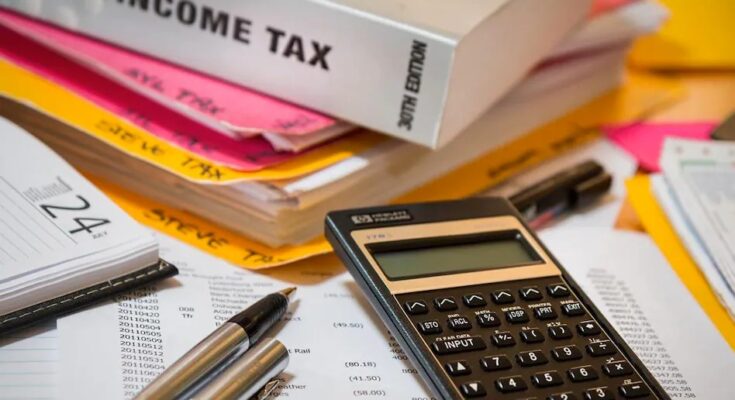The self assessment system is the cornerstone of the UK’s voluntary compliance tax system. It allows taxpayers to calculate their own income and capital gains tax liabilities, and then send them to HMRC for clearance.
It’s not mandatory to use the self assessment system, but most people do so because they find it easier than filling in their tax return by hand.
Income Tax Self Assessment (ITSA) refers specifically to income tax returns, while Self Assessment refers more generally to all taxes covered by the scheme (including Capital Gains Tax).
You can file a self assessment tax return online through HMRC’s secure website, or by downloading a paper copy from HMRC’s website and completing it using pen and paper. You’ll need your National Insurance number or Unique Taxpayer Reference (UTR) number when you start filling in your return. If you don’t know either number offhand, please request them from HMRC by calling 0300 200 3300 or visiting www.gov.uk/contact-hmrc-onlineThe self assessment system is the cornerstone of the UK’s voluntary compliance tax system. It allows taxpayers to calculate their own income and capital gains tax liabilities, and then send them to HMRC for clearance.
It’s not mandatory to use the self assessment system, but most people do so because they find it easier than filling in their tax return by hand.
Income Tax Self Assessment (ITSA) refers specifically to income tax returns, while Self Assessment refers more generally to all taxes covered by the scheme (including Capital Gains Tax).
You can file a self assessment return online through HMRC’s secure website, or by downloading a paper copy from HMRC’s website and completing it using pen and paper. You’ll need your National Insurance number or Unique Taxpayer Reference (UTR) number when you start filling in your return. If you don’t know either number offhand, please request them from HMRC by calling 0300 200 3300 or visiting www.gov.uk/contact-hmrc-online.
The self-assessment tax return is a form that you must complete and send to HMRC if your income from the previous year was over the tax free allowance.
It’s important to remember that you do not actually pay any tax until you submit your return. You are simply declaring that you are liable for tax on the income you received in the previous year.
The self assessment tax return is divided into two parts:
Part 1 – Tax payable on incomes and gains
Part 2 – Tax credits and reliefs
The self assessment tax return is the main tax return that you will need to complete if you have a limited company. If you’re running a business and earning an income, then you’ll need to fill in a self assessment tax return every year.
Why do I need to complete a self assessment?
Your company’s finances are your responsibility and by completing a self assessment tax return, you’ll be able to see how much money your business has made and how much tax it should pay. This makes it easier for HMRC to collect the correct amount of tax from your business.
What documents do I need?
To complete your self assessment, you’ll need information about your business’s finances from the last financial year (6 April 2018 – 5 April 2019). You can find this information on your trading records or through accounting software such as Sage One, QuickBooks Self Employed or Xero.
What happens if I don’t fill in my self assessment?
If you don’t fill in your self assessment on time, HMRC can charge penalties which could be up to £300 per month late payment penalty after 6 months up until 31 January 2020 (unless there’s an acceptable reason for not filing). The maximum penalty is £20,000 per year so it’s important.




